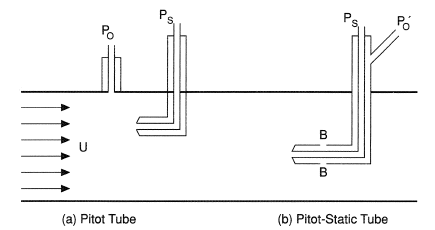

If we have a round 14” diameter duct, the radius is half that, or 7” which converts to.

The equation for a square or rectangular duct is:Ī (Duct Cross Sectional Area) = X (height in feet) x Y (width in feet)Ī (Duct Cross Sectional Area) = π x r (radius of the duct in feet) ² One to be used for square or rectangular duct and the other for round duct. There are two equations for determining a Duct’s Cross-Sectional Area. Next, we need to determine our Duct Cross Sectional Area. Our Flow Velocity solution of 2686 FPM can now be inserted into our equation used to calculate Flow Volume in CFM: is measured by our pressure transmitter and entered into our equation, we see that the Flow Velocity is 2,686 Feet Per Minute (FPM). The DLP or MLP2 differential pressure transmitter output provides the Velocity Pressure to be used in our equation.įor example: If a Velocity Pressure of. The difference between the total pressure reading, monitored at “H” port of PT, and the static pressure monitored at the “L” port, is the Velocity Pressure. The “H” port of the PT Pitot Tube will connect to the HIGH port of the differential pressure transmitter, and the “L” to the LOW. There are multiple sampling points throughout the span of the PT with the number of sampling points depending on the length of the PT. The insertion depth should cover as much of the width of the duct as possible without touching the opposite side. The PT is an ABS plastic pitot tube that comes in 3”, 5.2”, 7.5”, 9.7” lengths. The Velocity Pressure value will be provided by either ACI’s DLP or MLP2 differential pressure transmitter paired with a PT Differential Pitot Tube installed in the duct. To find the Flow Velocity, we use the equation:įPM = 4005 x √ΔP (The square root of the Velocity Pressure)
Equations for velocity using a pitot tube how to#
Calculating air flow volume (CFM) in your PLC or building management system based on output from a differential pressure sensor costs just a fraction of what you might spend on expensive air velocity or CFM monitors. This blog post explains how to use the output from a differential pressure sensor and simple math to find the variables in the following equation used to calculate Flow Volume:įinding the Flow Velocity, typically expressed in feet per minute (FPM), is the first step in filling in our equation variables.


 0 kommentar(er)
0 kommentar(er)
